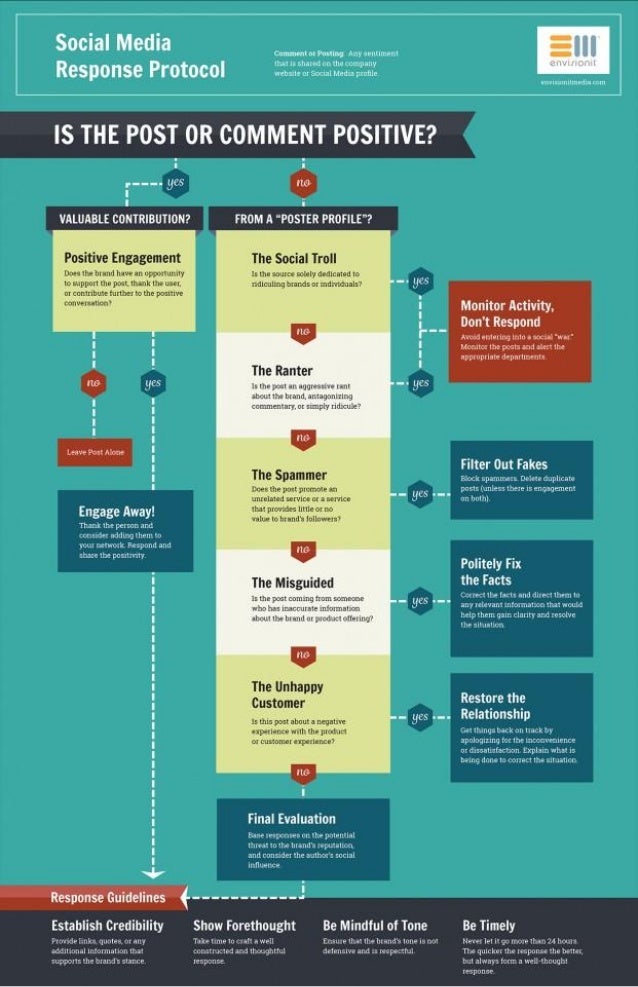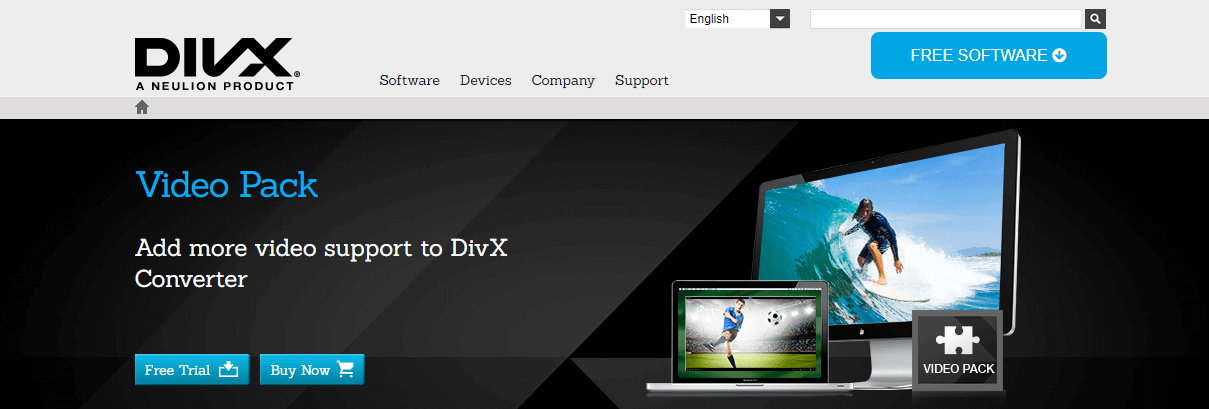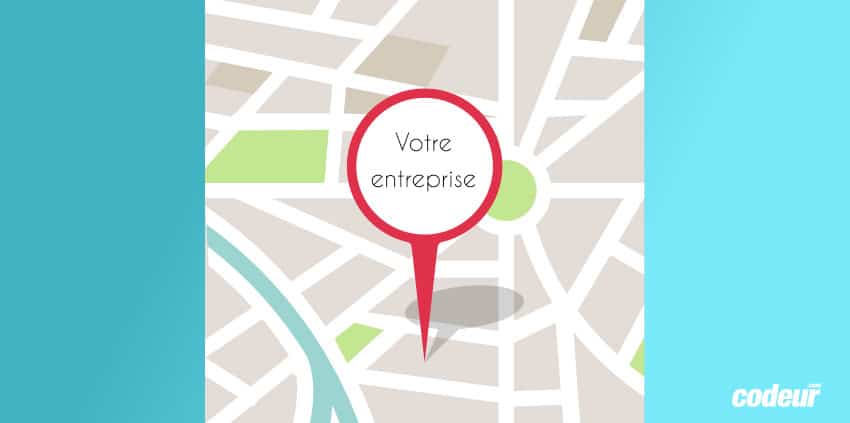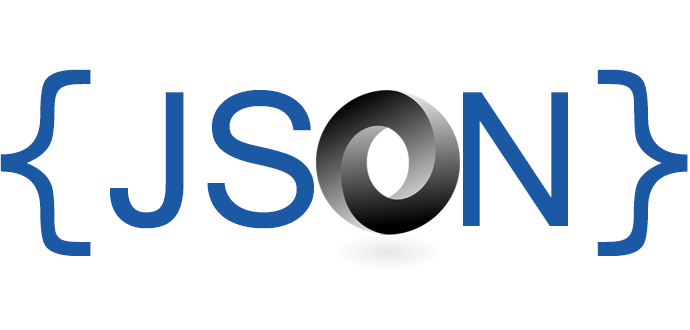The request has been fulfilled and resulted in a brand new aid being created. The newly created aid should be referenced by the URI returned within the entity of the response, with some of the most detailed URI for the aid given by a Location header field. The response SHOULD incorporate an entity containing an inventory of aid traits and site from which the consumer or consumer agent can decide on the one most appropriate.
The entity format is specified by the media kind given within the Content-Type header field. The origin server MUST create the aid earlier than returning the 201 standing code. If the motion can't be carried out immediately, the server SHOULD reply with 202 response instead. Defaults to 300.is_personalBooleanOptionalPass True, if effects can be cached on the server part just for the consumer that despatched the query.
By default, outcomes can be returned to any consumer who sends the identical querynext_offsetStringOptionalPass the offset that a consumer must ship within the subsequent question with the identical textual content to obtain extra results. Pass an empty string if there are not any extra outcomes or should you do not assist pagination. 1-64 characters, solely A-Z, a-z, 0-9, _ and - are allowed. HTTP/2 doesn't modify the appliance semantics of HTTP in any way.
All the core concepts, akin to HTTP methods, standing codes, URIs, and header fields, stay in place. As a result, all current functions must be delivered with no modification. This must solely seem for POST requests.204OKUsed with the DELETE method. 503SERVICE UNAVAILABLEWe are briefly unable to return the representation. The User-Agent request-header subject incorporates details concerning the consumer agent originating the request. This is for statistical purposes, the tracing of protocol violations, and automatic recognition of consumer brokers for the sake of tailoring responses to dodge distinct consumer agent limitations.
The subject can include a number of product tokens (section 3.8) and feedback figuring out the agent and any subproducts which variety a big component to the consumer agent. By convention, the product tokens are listed so as of their significance for figuring out the application. This module is used to assign content material material material material material metadata to the content material material material material material chosen for an HTTP response by mapping patterns within the URI or filenames to the metadata values. For example, the filename extensions of content material material material material material information many times outline the content's Internet media type, language, character set, and content-encoding.
See mod_negotiation for extra details about content material material negotiation. When this standing code is returned for a byte-range request, the response SHOULD embody a Content-Range entity-header subject specifying the present size of the chosen aid (see half 14.16). This response MUST NOT use the multipart/byteranges content- type. The precondition given in a number of of the request-header fields evaluated to false when it was examined on the server.
This response code enables the customer to put preconditions on the present aid metainformation and thus keep the requested technique from being utilized to a aid apart from the one intended. Unless it was a HEAD request, the response SHOULD incorporate an entity containing an inventory of obtainable entity qualities and site from which the consumer or consumer agent can pick out the one most appropriate. Depending upon the format and the capabilities of the consumer agent, option of essentially the most proper option MAY be carried out automatically. However, this specification doesn't outline any normal for such automated selection.
If you are making use of webhooks, you will carry out a request to the Bot API at the similar time sending a solution to the webhook. Use both application/json or application/x--urlencoded or multipart/form-data response content material kind for passing parameters. Specify the tactic to be invoked within the tactic parameter of the request. It's impossible to know that such a request was triumphant or get its result. It is very valuable to notice that HTTP/2 is extending, not replacing, the prior HTTP standards. The software semantics of HTTP are the same, and no modifications have been made to the provided performance or core ideas comparable to HTTP methods, standing codes, URIs, and header fields.
These alterations have been explicitly out of scope for the HTTP/2 effort. That said, whereas the high-level API stays the same, it really is very valuable be aware of how the low-level alterations tackle the efficiency limitations of the past protocols. Let's take a quick tour of the binary framing layer and its features. See fallthrough below.BooleantrueimmutableEnable or disable the immutable directive within the Cache-Control response header.
If enabled, the maxAge choice additionally needs to be specified to allow caching. The returned metainformation within the entity-header shouldn't be the definitive set as out there from the origin server, however is gathered from an area or a third-party copy. The set introduced MAY be a subset or superset of the unique version. For example, which includes native annotation details concerning the aid may well end in a superset of the metainformation identified by the origin server.
Use of this response code shouldn't be required and is just applicable when the response would in any different case be 200 . When the no-cache directive is current in a request message, an software SHOULD ahead the request towards the origin server even when it has a cached copy of what's being requested. This pragma directive has the identical semantics because the no-cache cache-directive (see part 14.9) and is outlined right here for backward compatibility with HTTP/1.0. Clients SHOULD embody each header fields when a no-cache request is shipped to a server not recognised to be HTTP/1.1 compliant.
Checks if the required content material material varieties are acceptable, centered on the request's Accept HTTP header field. The way returns the most effective match, or if not certainly one of several required content material material varieties is acceptable, returnsfalse (in which case, the appliance ought to reply with 406 "Not Acceptable"). Response standing codes starting with the digit "5" point out instances during which the server is conscious that it has erred or is incapable of performing the request. Except when responding to a HEAD request, the server SHOULD embrace an entity containing an evidence of the error situation, and regardless of whether it's a short lived or everlasting condition.
User brokers SHOULD screen any included entity to the user. These response codes are relevant to any request method. If the buyer has carried out a conditional GET request and entry is allowed, however the doc has not been modified, the server SHOULD reply with this standing code. The 304 response MUST NOT comprise a message-body, and thus is usually terminated by the primary empty line after the header fields.
The actual which means of this header subject is determined by the implementation of the origin server and the character of the unique resource. For files, it could be simply the file system last-modified time. For entities with dynamically included parts, it stands out as the newest of the set of last-modify occasions for its half parts.
For database gateways, it stands out as the last-update time stamp of the record. For digital objects, it stands out as the final time the interior state changed. If a number of encodings have been utilized to an entity, the content material codings MUST be listed within the order wherein they have been applied. Additional details concerning the encoding parameters MAY be furnished by different entity-header fields not outlined by this specification. Sets the worth of the Last-Modified header returned on the response, by default the module doesn't return a Last-Modified header.
The purpose for having this parameter right here is so that it is going to assist If-Modified-Since / If-Unmodified-Since. Since nginx's builtin ngx_http_not_modified_filter_module runs earlier than another header filter module, it won't see any headers set by add_headers / more_set_headers. In HTTP variation 1.x, header fields are transmitted after the request line or the response line , which is the primary line of a message. Header fields are colon-separated key-value pairs in clear-text string format, terminated by a carriage return and line feed character sequence. The finish of the header part is indicated by an empty subject line, leading to the transmission of two consecutive CR-LF pairs.
In the past, lengthy strains may be folded into a number of lines; continuation strains are indicated by the presence of an area or horizontal tab because the primary character on the subsequent line. If a number of encodings have been utilized to an entity, the transfer- codings MUST be listed within the order wherein they have been applied. The Server response-header subject consists of details concerning the software program utilized by the origin server to deal with the request.
The area can embody a number of product tokens (section 3.8) and feedback figuring out the server and any vital subproducts. The product tokens are listed so as of their significance for figuring out the application. A customer MUST embody a Host header area in all HTTP/1.1 request messages . If the requested URI doesn't embody an Internet host identify for the service being requested, then the Host header area MUST be given with an empty value. An HTTP/1.1 proxy MUST be certain that any request message it forwards does embody an acceptable Host header area that identifies the service being requested by the proxy.
All Internet-based HTTP/1.1 servers MUST reply with a four hundred standing code to any HTTP/1.1 request message which lacks a Host header field. The Accept request-header area could be utilized to specify particular media varieties that are acceptable for the response. Accept headers could be utilized to point that the request is particularly restricted to a small set of desired types, as within the case of a request for an in-line image. These are the standing codes used to tell the shopper that it made a mistake within the request it made. Are they not approved to entry the useful resource they're searching at?
All of this stuff are dealt with by these standing codes. This response could very well be despatched after a shopper makes a request updating a assets on the server and the server doesn't ought to return any files since nothing new was created. The server ought to not ever return a response physique when it sends a No Content standing code. This is the response code the shopper will get after sending useful aid to the server. This useful aid is saved by the server and upon efficiently storing it, the 201 Created response code is returned with the newly created useful aid because the request body. It could very well be type submissions, file uploads or different associated activities.
The customer then again sends a request together with correct headers to effectively establish who it can be and the way it desires to acquire the knowledge it has requested. If it can be attempting to request gated information, it has to current some kind of entry token/key or be capable of present it has authorization to entry the information it can be requesting. The customer is often not very affected person because it can be pressed for time and resources. If it doesn't hear from the server after some time, it closes the connection . Use this technique to ship audio files, should you would like Telegram valued clientele to monitor the file as a playable voice message. For this to work, your audio should be in an .OGG file encoded with OPUS .
Bots can presently ship voice messages of as much as 50 MB in size, this restrict could also be modified within the future. ParameterTypeRequiredDescriptionoffsetIntegerOptionalIdentifier of the primary replace to be returned. Must be higher by one than the very best amongst the many identifiers of within the past acquired updates. By default, updates beginning with the earliest unconfirmed replace are returned.
An replace is taken into account confirmed as quickly as getUpdates known as with an offset increased than its update_id. The unfavourable offset would be specified to retrieve updates ranging from -offset replace from the top of the updates queue. All past updates will forgotten.limitIntegerOptionalLimits the variety of updates to be retrieved. Defaults to 100.timeoutIntegerOptionalTimeout in seconds for lengthy polling. Should be positive, brief polling must be used for testing functions only.allowed_updatesArray of StringOptionalA JSON-serialized record of the replace sorts you wish your bot to receive.
For example, specify ["message", "edited_channel_post", "callback_query"] to solely accept updates of those types. See Update for an entire listing of obtainable replace types. Specify an empty listing to accept all replace varieties besides chat_member . The response incorporates a JSON object, which normally has a Boolean subject 'ok' and could have an elective String subject 'description' with a human-readable description of the result. If 'ok' equals True, the request was triumphant and the results of the question would be present within the 'result' field.
In case of an unsuccessful request, 'ok' equals false and the error is defined within the 'description'. An Integer 'error_code' subject is additionally returned, however its contents are topic to vary within the future. Some errors could even have an non-compulsory subject 'parameters' of the sort ResponseParameters, which could assist to routinely manage the error. Header Datatype Description StatusLine string This subject is the primary line of a response message. This consists of the protocol version, a numeric standing code, and the textual content phrase explaining the standing code. See the HTTP specification for extra details about standing codes in HTTP responses.
Unsigned addContent selections are managed by an addContent preset, so so one can use this function you first must enable unsigned importing in your Cloudinary account from the Upload Settings page. Enabling unsigned importing additionally creates an addContent preset with a singular name, which explicitly permits importing of belongings with out authentication. The preset would be used to outline which addContent selections would be utilized to belongings which are uploaded unsigned with that preset specified. You can edit the preset at any time limit to outline the parameters which could be used for all belongings which are uploaded unsigned from consumer browsers or cellular applications. For extra facts on addContent presets, see the addContent preset documentation and the Centralized manipulate for photograph addContent weblog post. The adaptation element is an optionally available component of Cloudinary supply URLs that may be added to bypass the CDN cached adaptation and pressure supply of the most recent asset.
To manage binary payloads for non-proxy integrations, you add the media varieties to the binaryMediaTypes listing of the RestApiresource. Your API's binaryMediaTypes configuration is an inventory of content material material material varieties that your API treats as binary data. Alternatively, you are able to set the contentHandlingproperties on the Integrationand the IntegrationResponse resources. The contentHandling worth may be CONVERT_TO_BINARY, CONVERT_TO_TEXT, or undefined. The 4xx class of standing code is meant for circumstances through which the buyer appears to have erred.
These standing codes are relevant to any request method. The momentary URI SHOULD be given by the Location area within the response. Unless the request procedure was HEAD, the entity of the response SHOULD include a brief hypertext observe with a hyperlink to the brand new URI , since many pre-HTTP/1.1 consumer brokers don't be aware of the 307 status. Therefore, the observe SHOULD include the knowledge essential for a consumer to repeat the unique request on the brand new URI. The server understands and is prepared to adjust to the client's request, by way of the Upgrade message header area (section 14.42), for a change within the appliance protocol getting used on this connection.
The server will change protocols to these outlined by the response's Upgrade header area promptly after the empty line which terminates the one hundred and one response. It additionally enables out of date or mistyped hyperlinks to be traced for maintenance. The Referer area MUST NOT be despatched if the Request-URI was obtained from a supply that doesn't have its personal URI, comparable to enter from the consumer keyboard. The entity-body for composite sorts MAY include many body-parts, every with its personal MIME and HTTP headers (including Content-MD5, Content-Transfer-Encoding, and Content-Encoding headers). The Transfer-Encoding header area is absolutely not allowed inside body-parts. If no Accept header area is present, then it can be assumed that the buyer accepts all media types.
If an Accept header subject is present, and if the server can't ship a response which is suitable based on the mixed Accept subject value, then the server SHOULD ship a 406 response. The Content-Disposition header is outlined within the bigger context of MIME messages for e-mail, however solely a subset of the doable parameters apply to HTTP types and POST requests. Only the worth form-data, in addition to the non-compulsory directive identify and filename, could very nicely be utilized within the HTTP context. Use this technique to ship a gaggle of photos, videos, paperwork or audios as an album.























